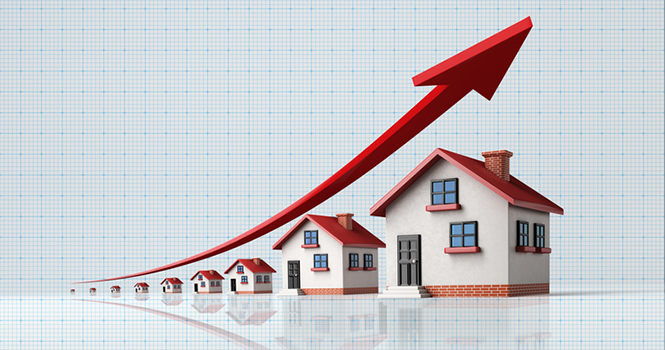‘Rapid Price Increases Will Not Last Forever’
The current growth in home prices is echoing the lead-up to the recession. Is history repeating itself?
The answer is likely not, according to a recently released realtor.com® report. Building is lacking in many markets—one hallmark 10 years ago was over-construction—and credit standards are more stringent, says Danielle Hale, chief economist of realtor.com.
“As we compare today’s market dynamics to those of a decade ago, it’s important to remember rising prices didn’t cause the housing crash,” Hale says. “It was rising prices stoked by subprime and low documentation mortgages, as well as people looking for short-term gains—versus today’s truer market vitality—that created the environment for the crash.”
In 2016, home prices (the national median home sales price) were 2 percent higher than they were in 2006, the report reveals. Pre-recession prices have returned in 31 of the 50 largest metropolitan areas.
In contrast with 2006, however, are today’s credit conditions. Currently, the median FICO score for a mortgage is 734; the median in 2006 was 700.
Builds and flips are also different from 2006—starkly. The credit environment, among other factors, is keeping a lid on unfettered flipping and over-construction. In 2006, one household formation generally equaled 1.4 single-family housing starts; in 2016, that number shrank to 0.7 single-family starts. Flips accounted for 5 percent of sales in 2016; in 2006, they comprised 8.6 percent.
“Lending standards are critical to the health of the market,” says Hale. “Unlike today, the boom’s under-regulated lending environment allowed borrowing beyond repayable amounts and atypical mortgage products, which pushed up home prices without the backing of income and equity.”
Additionally, economic indicators point elsewhere. Employment was healthy then and is now, but inventory is limited more today—at a 20-year low. Presently, the average months supply is 4.2; in 2007, the average months supply was 6.4.
“The healthy economy is creating more jobs and households, but not giving these people enough places to live,” Hale says. “Rapid price increases will not last forever. We expect a gradual tapering as buyers are priced out of the market—not a market correction, but an easing of demand and price growth as renting or adding roommates becomes a more affordable alternative.”
For more information, please visit www.realtor.com.
Suzanne De Vita is RISMedia’s online news editor. Email her your real estate news ideas at sdevita@rismedia.com.
For the latest real estate news and trends, bookmark RISMedia.com.











